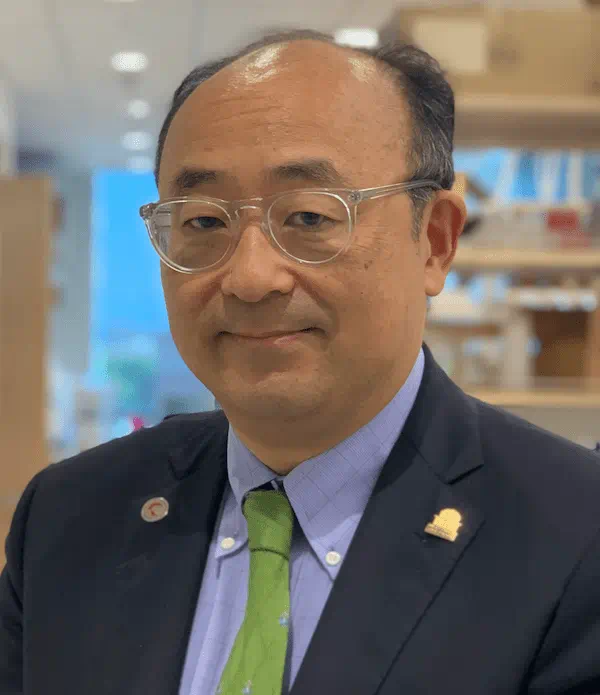A team of Michigan State University scientists has unveiled a potential game-changer in the fight against glioblastoma, the most common and currently incurable form of brain cancer.
Their weapon of choice? A drug-like compound named Ogremorphin, or OGM. In laboratory experiments, OGM showed a remarkable ability to kill glioblastoma cells while leaving normal cells unharmed.
Charles Hong, the chair of the Department of Medicine at MSU College of Human Medicine, who led the study, published in the journal Experimental Hematology and Oncology, declared it an “early but extremely promising path to a cure.”
What makes OGM special lies in its precision. The researchers targeted an acid sensor called GPR68/OGR1 on the cancer cell membranes, disrupting a crucial signaling pathway that cancer cells rely on to survive and grow.
“Because glioblastoma cells acidify their tumor environment and then use the acid-sensing receptor to survive, the OGM compound essentially cuts off their lifeline,” Hong explained. “We haven’t found a single brain cancer cell line that it can’t kill.”
Hong led the study along with his College of Human Medicine colleagues Charles Williams and Leif Neitzel, as well as with researchers at the University of Maryland School of Medicine and the Johns Hopkins University School of Medicine.
Hong believes this groundbreaking research isn’t confined to glioblastoma alone. Since other cancer types are also known to acidify their tumor environment to thrive and evade traditional therapies, this discovery could also lead to treatments targeting other types of cancer.
The reality of brain cancer is that, even with the standard treatment that combines brain surgery, chemotherapy and radiation therapy, the median survival period is 15 to 18 months following diagnosis, with a five-year survival rate of around 10%. Such an outcome is due to cancer recurrence and treatment resistance.
“We found an explanation for how an acidic tumor environment enables the cancer cells to survive and evade chemotherapy, and at the same time, we found a drug candidate that blocks this survival pathway to selectively kill them without touching normal cells,” Hong shared.
“This is just a first step,” he added. “Developing a treatment for human glioblastoma patients will take years of research. We hope to have human trials within five years.
This story was originally published on MSUToday.
About the MSU Innovation Center:
The MSU Innovation Center is dedicated to fostering innovation, research commercialization, and entrepreneurial activities from the research and discovery happening across our campus every day. We act as the primary interface for researchers aiming to see their research applied to solving real-world problems and making the world a better place to live. We aim to empower faculty, researchers, and students within our community of scholars by providing them with the knowledge, skills, and opportunities to bring their discoveries to the forefront. Through strategic collaborations with the private sector, we aim to amplify the impact of faculty research and drive economic growth while positively impacting society. We foster mutually beneficial, long-term relationships with the private sector through corporate-sponsored research collaborations, technology licensing discussions, and support for faculty entrepreneurs to support the establishment of startup companies.
Is your company interested in working with MSU’s College of Human Medicine? Click Here.

